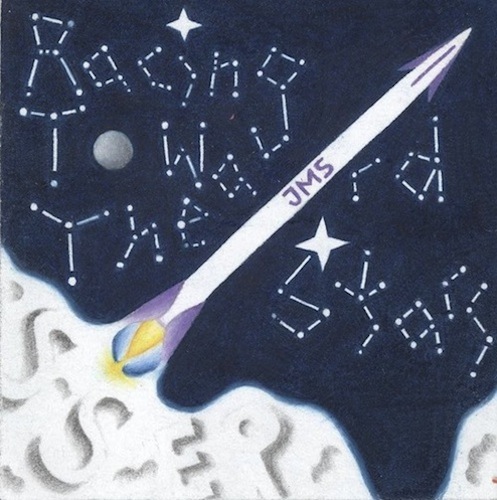The National Center for Earth and Space Science Education is proud to present the 21 Mission Patches selected for flight to the International Space Station (ISS) in Antares, the experiments payload for SSEP Mission 2 to ISS. Across the 11 communities participating in Mission 2 to ISS, 37,600 students were given the opportunity to participate in mission patch design competitions at the local level, and there were a stunning 5,960 patch designs submitted. Judges within the communities selected the 21 patches to represent all 11 communities.
Some Background on the Intent of the SSEP Mission Patches
The Student Spaceflight Experiments Program (SSEP) is about inspiring America’s next generation of scientists and engineers, and engaging entire communities in the process. It is a national program delivered at the local level, with student teams across a community designing and proposing real experiments to fly in orbit as the core activity. But community-wide engagement, and cross-disciplinary learning are also cornerstone objectives in the context of the embraced Learning Community Model for STEM education.
In this spirit, for each flight opportunity, SSEP flies a Mission Patch — a paper 4-inch x 4-inch square emblem designed by the students of each participating community to capture their experience. It allows students to express through art and design myriad characteristics of real research and exploration – i.e., problem solving, team work, creativity, and pushing into the unknown. The Mission Patch flies along with the community’s flight experiment, and is returned after the flight as a symbol of the community’s remarkable adventure in STEM education on the high frontier.
Each Mission Patch is the result of a design competition held in the community. While participation should be open to at least the students participating in the SSEP experiment design competition (which is limited to grades 5-12), we encourage each community to broaden participation by opening the design competition to wider student involvement across grades K-12, and to classes beyond STEM disciplines. A community proposing wider involvement is given the opportunity to fly two patches by engaging a secondary audience in a second competition.
Many communities turn their designs into cloth patches and lapel pins, worn by students, teachers and family members, which fosters a shared community experience.The Mission Patch is a wonderful way to extend ownership in SSEP to the greater community.
You are invited to see the Mission 2 to ISS Mission Patches, and read the stories behind them–
Jump to the Mission Patches on Mission 2 to the International Space Station page
You are also invited to read more about the Mission 2 to ISS Patch Competition.
SSEP is undertaken by the National Center for Earth and Space Science Education (NCESSE) in partnership with NanoRacks LLC. This on-orbit research opportunity is enabled through NanoRacks LLC, which is working in partnership with NASA under a Space Act Agreement as part of the utilization of the International Space Station as a National Laboratory.
SSEP is the first pre-college STEM (Science, Technology, Engineering, and Math) education program that is both a U.S. national initiative and implemented as an on-orbit commercial space venture.


Comments are closed.